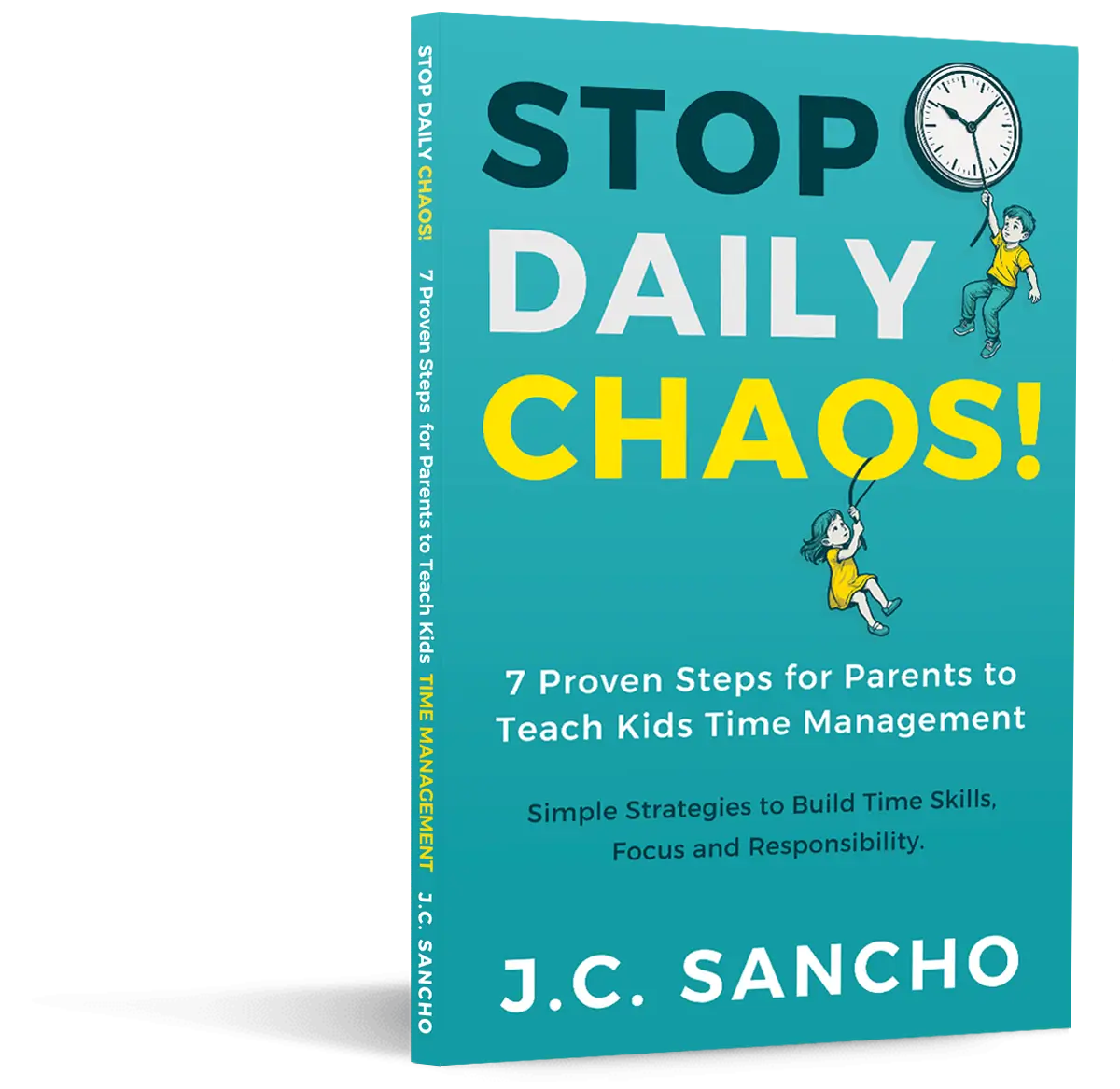The nightly reading log sparks arguments in many homes. One child groans at the sight of it, another pretends they “can’t find their book,” and parents feel the pressure of a school requirement that should support learning but often sabotages family calm. If you’re stuck in a cycle of resistance, frustration, and last-minute scribbles, you’re not alone. The reading log can shift from a power struggle into a predictable, low-stress habit with a few thoughtful changes.
Why the Reading Log Feels Like a Battle
At its core, a reading log tracks daily reading minutes or titles. In theory, it encourages consistency. In practice, many children associate it with pressure, correction, and judgment rather than the joy of reading. When reading becomes tied to performance, children often push back.
Understanding this psychological shift is the first step. Kids resist tasks that feel forced, monitored, or disconnected from their own interests. They cooperate when they feel capable, connected, and in control of part of the process.
The Bigger Goal: Build a Reading Identity, Not Just a Routine
The long-term objective isn’t just “complete the log.” It’s to build a reading identity — a sense of self that connects reading with curiosity, comfort, autonomy, and competence. When reading feels meaningful, the log becomes a quick formality instead of the focus.
1. Give Your Child Real Choice in What They Read
Choice is the strongest predictor of reading motivation. Many battles start because a child is handed a book they neither selected nor likes. Let them choose everything from comics to fantasy novels to sports nonfiction. If it has words, it counts.
How to implement this:
- Visit the library weekly and let your child fill a tote bag with anything that sparks interest.
- Offer categories rather than specific titles (“Pick one funny book and one adventure book”).
- Allow easy reads. Confidence is built through fluency, not struggle.
When children feel ownership over what they read, the reading log stops feeling like a forced task and starts feeling like an extension of their choices.
2. Shift the Log from a Deadline to a Ritual
A battle often forms because the log happens at the wrong time — when everyone is tired, hungry, or already irritated. Replace “We need to get this done” with a predictable ritual that anchors your evening.
Create a consistent reading window:
- Right after snack time
- Before screen time
- During bedtime wind-down
Habits form through repetition, not reminders. When reading happens at the same time each day, the log becomes one small step in a familiar pattern.
3. Make Reading Feel Social — Not Isolated
Most kids resist reading alone because it feels like work. When reading becomes a shared experience, motivation rises naturally. Talking about stories strengthens comprehension, too.
Ways to make reading social:
- Read together on the couch, even if you’re reading separate books.
- Invite your child to read one paragraph and you read the next.
- Ask about characters, funny parts, or surprising moments.
The more connected a child feels during reading, the less tension they carry toward the log itself.
4. Turn the Log Into a Quick Reflection, Not a Scorecard
Many kids freeze because they see the log as evaluation rather than expression. Reframe it as a short reflection — something they complete to capture their experience, not to prove anything to a teacher.
Try these phrasing shifts:
- Instead of “Write what the book is about,” use “What part stuck with you today?”
- Instead of “How many pages did you read?” use “Which moment did you enjoy most?”
- Instead of “Summarize the plot,” use “What surprised you?”
If the school requires a strict format, keep your reflection questions private. Your child can answer them verbally, then fill in the required fields with a lighter heart.
5. Celebrate Engagement, Not Completion
The reading log often turns into a scoreboard that measures minutes instead of meaning. This drains enthusiasm. Celebrate engagement — laughter, curiosity, concentration — even when minutes are short.
Focus on:
- Interest: “You really liked that character today.”
- Perseverance: “You kept going even when it got tricky.”
- Connection: “I liked hearing your thoughts about that part.”
These acknowledgments reinforce identity rather than performance.
6. Remove the Power Struggle From the Log
A child who resists the reading log is often pushing back on control, not reading. Shift responsibility appropriately based on age.
For younger kids:
- You fill in the log while they verbally explain what they read.
For older kids:
- They fill it in while you sit nearby and talk through ideas.
- Use a checklist so they know exactly what teachers expect.
Consistency without pressure builds confidence and routine.
7. Create a Cozy, Irresistible Environment
Environment shapes behavior. A child is far more likely to embrace reading when the experience feels physically pleasant.
Ideas for a reading-friendly setup:
- A soft blanket
- A small lamp instead of a bright overhead light
- Access to snacks or water
- A designated “reading chair”
Comfort increases cooperation and helps the reading window feel safe and soothing.
8. Model the Reading Habit You Want to See
Children watch what adults do. When you read your own book or magazine nearby, you normalize reading as part of daily life.
Try:
- A “family reading time” once or twice a week
- Talking out loud about something interesting you read
- Letting your child see you check out books from the library
Modeling reinforces the message that reading isn’t a school task — it’s a life skill.
9. Use Momentum Instead of Motivation
Many battles start because parents ask kids to “feel motivated.” Motivation is unpredictable. Momentum, however, is reliable.
Use a 5-minute start:
- Set a timer for five minutes.
- Tell your child they can stop when the timer ends.
- Often, they continue past it.
The goal is not force — it’s reducing friction. Lowering resistance makes the reading window easier to begin, and beginning is half the battle.
10. Address the Emotional Tone Surrounding Reading
Kids absorb the emotional climate around reading. If the routine feels tense, judgmental, or rushed, avoidance grows. If the routine feels predictable and calm, cooperation increases.
Focus on:
- Your tone of voice
- Your facial expressions
- The pace of the evening
- The absence of multitasking
Emotional consistency signals safety, which encourages engagement.
Common Pitfalls and How to Avoid Them
- Pushing too hard: Pressure backfires. Keep the focus on enjoyment and engagement, not minutes and metrics.
- Overcorrecting mistakes: This kills enthusiasm. The log is not a writing assignment unless the teacher states otherwise.
- Using reading as a punishment or condition: This reshapes reading into something negative.
- Assigning books far above their level: Struggle reduces fluency and confidence.
When a Child Still Resists Reading
If resistance continues after consistent effort, consider deeper factors:
- Is the material too difficult?
- Are there undiagnosed reading challenges?
- Is reading associated with stress or shame?
- Is the school log format overwhelming?
In these cases, talk with the teacher and consider an evaluation for reading support if needed. Many strong readers once experienced early reluctance.
Your Questions Answered
What if my child still refuses to do the log?
Return to connection before correction. A child who feels heard and supported is far more willing to cooperate.
What if my child hates writing in the log?
You can act as the scribe. Teachers care about reading, not handwriting battles.
What if my child only wants to read easy books?
Easy books build fluency. Fluency builds confidence. Confidence leads to harder books later.
Turning Conflict Into Consistency
The reading log can shift from a nightly fight to a predictable, calm routine when you focus on connection, choice, consistency, and environment. Each small adjustment creates more ease. Over time, the log becomes a minor task inside a meaningful habit — a habit that supports curiosity, confidence, and lifelong literacy.
You’re not trying to raise a child who reads for a grade. You’re raising a child who reads for understanding, comfort, imagination, and growth. The reading log can support that mission when the entire routine is built on respect and rhythm rather than pressure.
This article is for educational purposes and does not replace professional advice.



